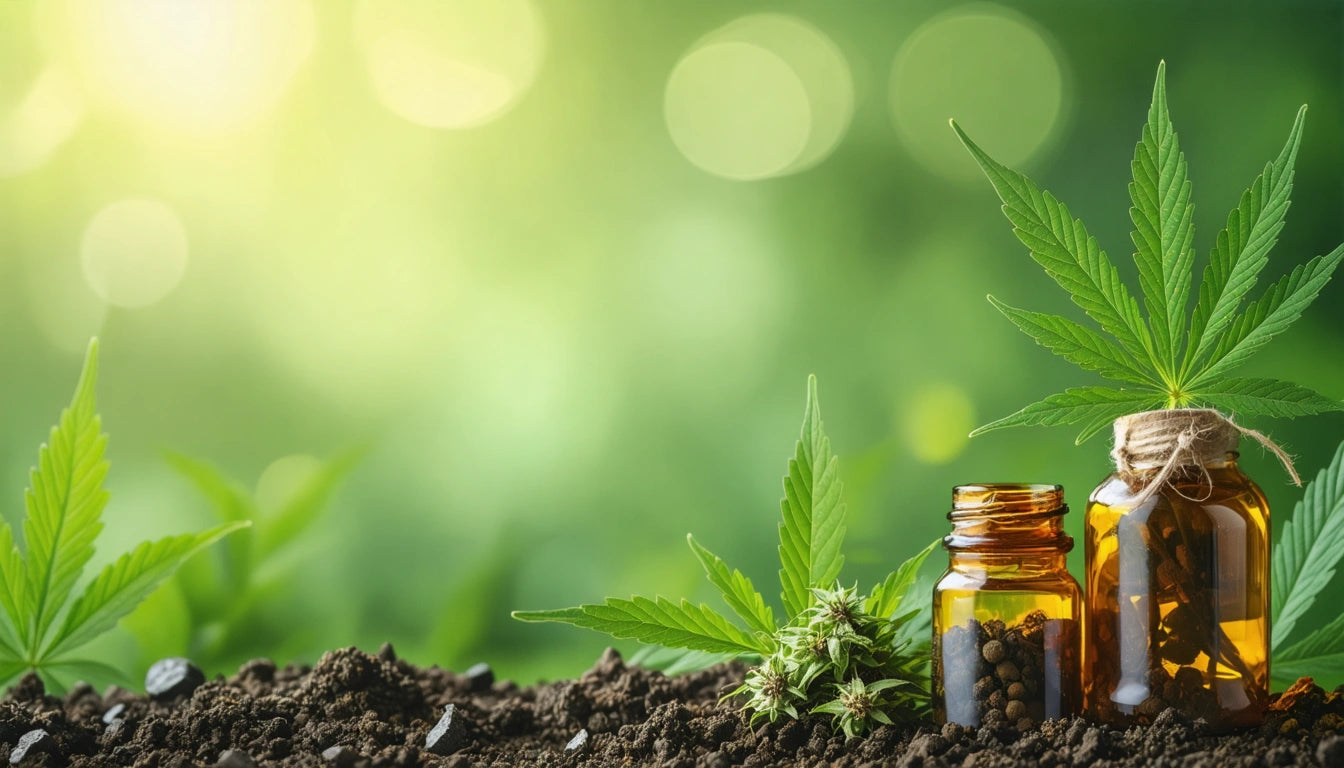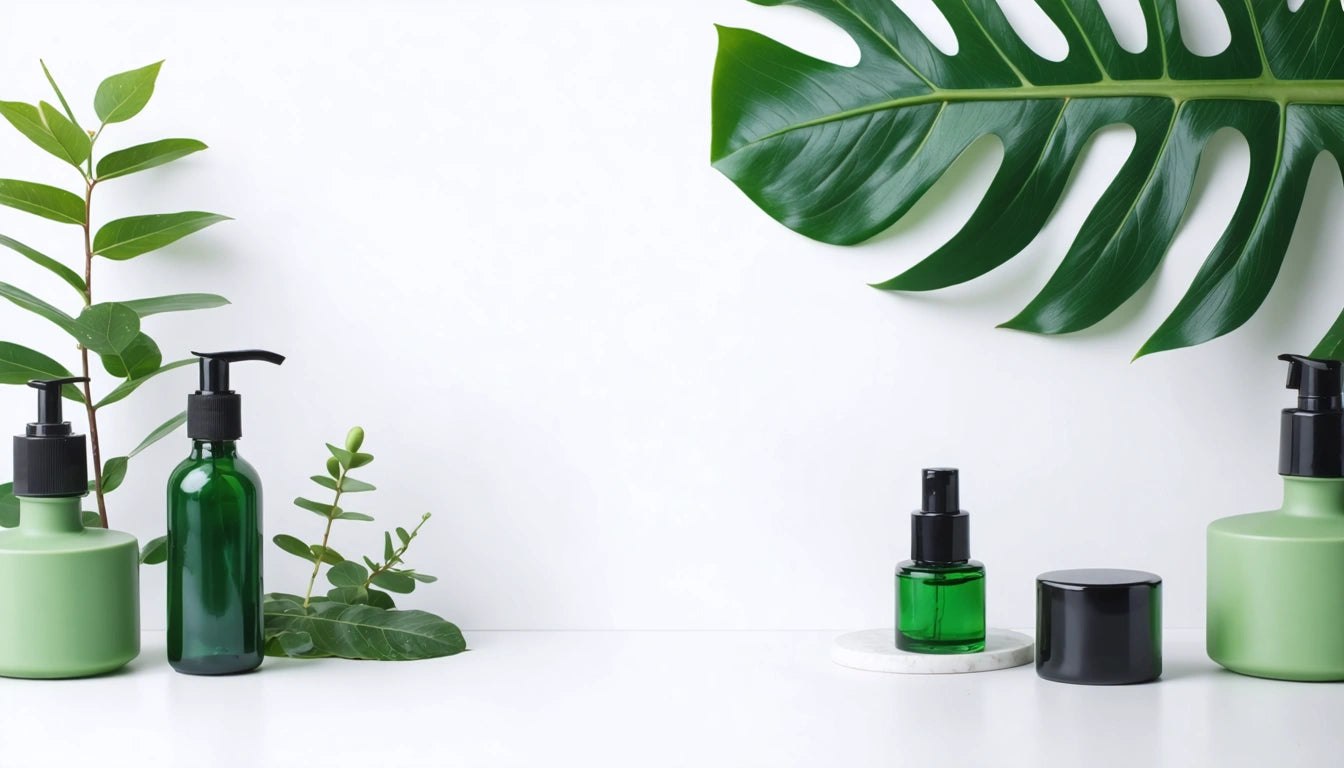Why Hemp Packaging Isn't Always the Greenest Choice
Hemp packaging has gained significant attention in the cannabis industry as a supposedly eco-friendly alternative to conventional materials. While hemp offers certain environmental benefits, the reality is more nuanced than marketing often suggests. Understanding the complete picture helps brands make truly sustainable packaging decisions rather than simply following trends.
Hemp Packaging Sustainability Myths vs. Reality
The perception that hemp packaging is inherently sustainable stems from hemp's rapid growth cycle, minimal pesticide requirements, and biodegradability. However, as explored in this sustainability analysis, the environmental impact of hemp packaging depends on numerous factors beyond the raw material itself.
One significant misconception is that all hemp packaging is biodegradable. In reality, many hemp-based plastics contain synthetic polymers that inhibit decomposition. According to this biodegradability report, pure hemp fibers may break down naturally, but hemp-plastic composites often require industrial composting facilities rarely available to consumers.
Environmental Impact Factors of Hemp Packaging
Manufacturing Energy Requirements
Processing hemp into packaging materials requires substantial energy. Converting raw hemp into usable packaging involves retting, decortication, and processing that can generate a significant carbon footprint. When comparing options like hemp versus recycled kraft, the latter often has a lower carbon footprint due to reduced processing requirements.
Transportation and Supply Chain Considerations
Hemp's environmental benefits diminish when accounting for transportation impacts. Limited processing facilities mean hemp materials often travel long distances before reaching packaging manufacturers. This extended supply chain can negate the crop's inherent sustainability advantages.
Water Usage Comparison
While hemp requires less water than cotton, it still demands more irrigation than some alternative packaging materials. In regions facing water scarcity, this consideration becomes increasingly important for sustainability-focused brands.
Regulatory Compliance Challenges for Hemp Packaging
Beyond environmental concerns, hemp packaging faces regulatory hurdles that impact its practicality. Child-resistant requirements present a particular challenge. Safety standards for consumer packaging require materials that can prevent children from accessing harmful contents while remaining accessible to adults. Hemp-based materials often struggle to meet these requirements without significant modifications.
Additionally, FDA approval for hemp packaging involves complex testing and certification processes. Many hemp packaging solutions have yet to receive necessary regulatory approvals, limiting their application for certain cannabis products.
Alternatives to Hemp Packaging Worth Considering
PLA and Other Plant-Based Options
Polylactic acid (PLA) derived from corn or sugarcane offers biodegradability with more established manufacturing processes. The comparison between hemp and PLA shows that PLA often provides better clarity, consistency, and compatibility with existing manufacturing equipment.
Recycled and Recyclable Materials
Recycled plastics and papers typically outperform virgin hemp materials in lifecycle assessments. These materials leverage existing waste streams and recycling infrastructure, creating a circular economy approach that hemp packaging has yet to achieve at scale.
- Recycled HDPE and PET offer durability with reduced virgin material demand
- Post-consumer recycled paper provides familiar functionality with established recycling channels
- Glass, while heavier, offers infinite recyclability and superior product protection
Making Informed Packaging Decisions: Beyond the Hemp Hype
Rather than focusing exclusively on material type, brands should consider comprehensive sustainability metrics. This analysis suggests evaluating packaging choices based on total environmental impact, including:
First, consider local manufacturing availability to reduce transportation emissions. Second, evaluate material efficiency to minimize waste throughout the product lifecycle. Third, ensure compatibility with regional recycling or composting infrastructure to facilitate proper end-of-life handling.
Consumer perception also matters. While some consumers actively seek hemp packaging, others prioritize functionality and clear sustainability credentials over specific materials. Transparent communication about actual environmental benefits proves more valuable than simply using trendy materials.
The economics of sustainable packaging remain challenging. Hemp packaging costs typically exceed conventional alternatives, though this gap may narrow as production scales. Brands must balance environmental aspirations with business realities, potentially phasing in sustainable options as budgets allow.
As the cannabis industry matures, packaging decisions will increasingly reflect sophisticated sustainability analyses rather than marketing trends. The truly greenest choice is rarely obvious and almost never universal across all product types and market contexts.











Leave a comment
All comments are moderated before being published.
This site is protected by hCaptcha and the hCaptcha Privacy Policy and Terms of Service apply.